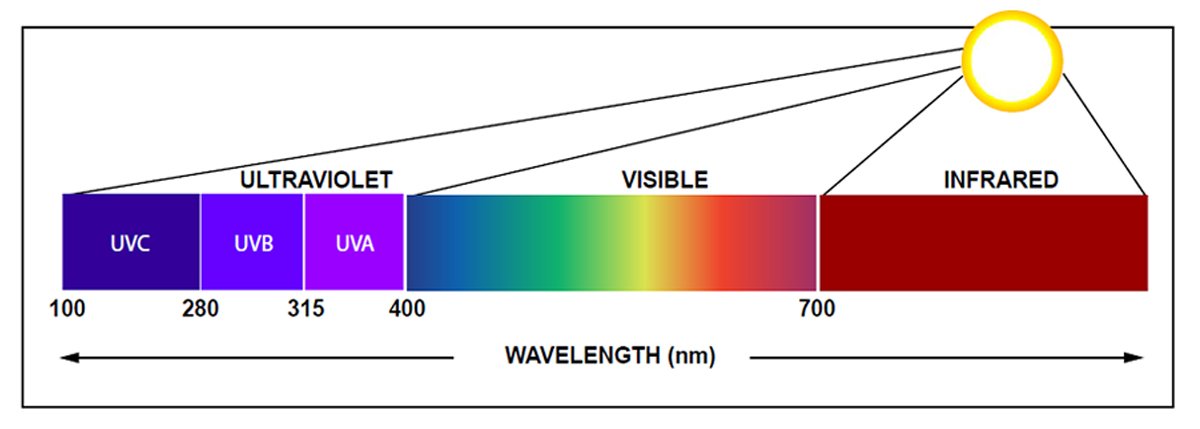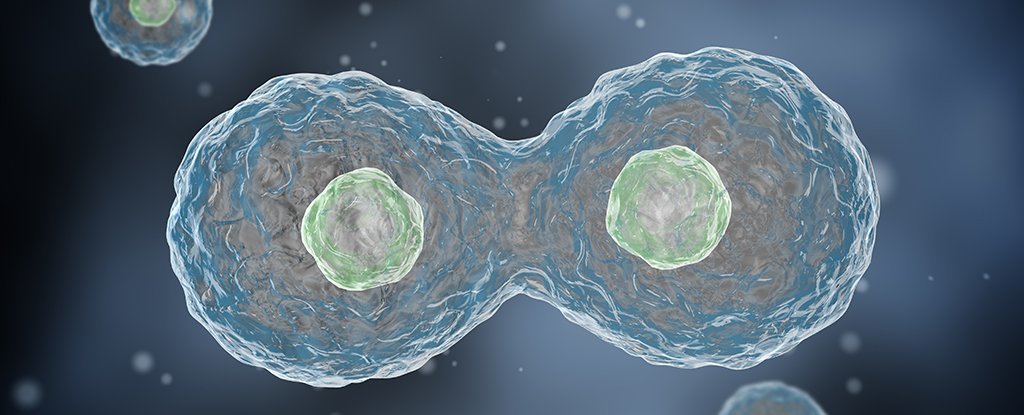Email: uvsterilizer@fiverenvironment.com Tel: +86-17823514898
WHAT IS UV LIGHT?
Ultraviolet (UV) light is a form of light, invisible to the human eye, that exists on the electromagnetic spectrum between X-rays and visible light.

WHAT IS THE SCIENCE BEHIND UV-C DISINFECTION
UVC wavelengths are between 200 and 300 nanometers, making them germicidal – meaning they are capable of inactivating microorganisms, such as germs, viruses, and bacteria. Because the UV Sanitizer is harnessing a naturally occurring process, this makes it an effective, environmentally-friendly and chemical-free way to prevent microbiomes from spreading
HOW DOES UVC DESTROY GERMS?
The high energy from short wavelength UVC light is absorbed in the cellular RNA and DNA, damaging nucleic acids and preventing microorganisms from infecting and reproducing. This absorption of UVC energy forms new bonds between nucleotides, creating double bonds or “dimers.” Dimerization of molecules, particularly thymine, is the most common type of damage incurred by UVC light in microorganisms. Formation of thymine dimers in the DNA of bacteria and viruses prevents replication and ability to infect.

CELLS THAT CANNOT REPLICATE, CANNOT INFECT.
With the UV-C sanitizing method, you're applying enough UV light to prevent the microbiomes from replicating. When they do not replicate, they do not infect.

ENSURING COMPLETE EFFECTIVENESS
With common chemical sanitizers, viruses have evolved to repair and reverse the damage. However, with the UV-C sanitizing method, the damage is done at a cellular level, providing an effective strategy for complete kill.
Benefits of a Drum Filter
How to choose a Drum Filter?
Knowledge of UV Ray, what is uv light, how uv st
Contact: Jerry Wang
Phone: +86-13637985216
Tel: +86-17823514898
Email: uvsterilizer@fiverenvironment.com
Add: Xinzhuang Industry Zone, Qugou Town, Langfang City, Hebei Province, China 065506
We chat
